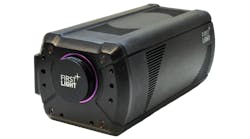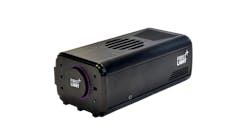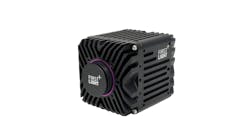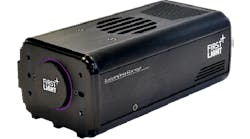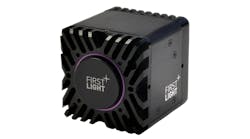First Light Imaging
Le Canet Meyreuil 13590COMPANY OVERVIEW
COMPANY OVERVIEW
About First Light Imaging
33
Contact
Europarc St Victoire
Bat 5 Rt de Valbrillant
Le Canet Meyreuil 13590
France
http://www.first-light-imaging.comBat 5 Rt de Valbrillant
Le Canet Meyreuil 13590
France
33-4-42-61-29-20
More Info on First Light Imaging
More Info on First Light Imaging
FLI designs low-noise high-speed scientific cameras for visible and infrared SWIR spectra around EMCCD, e-APD, InGaAs, and CMOS sensors. Applications are astronomy, life sciences, research, surveillance, and industry.
Articles
Articles
KEY CONTACTS
KEY CONTACTS
David Boutolleau
Founder/CEO
Buyer's Guide Listing Information
Buyer's Guide Listing Information
Click here for listing information and directions on how to add or update your company.
Request More Information From First Light Imaging
Request More Information From First Light Imaging
Additional content from First Light Imaging
Additional content from First Light Imaging
